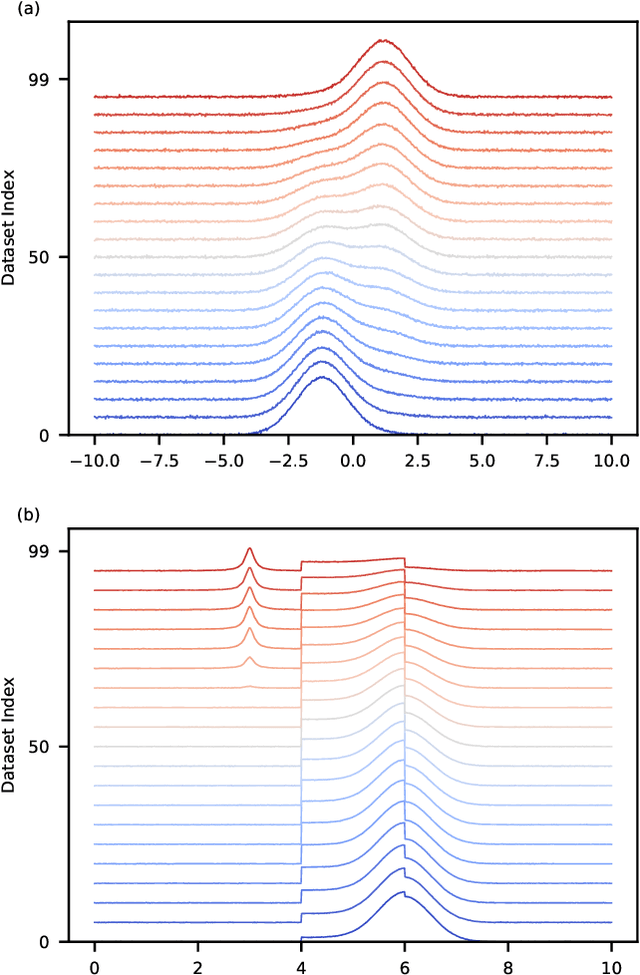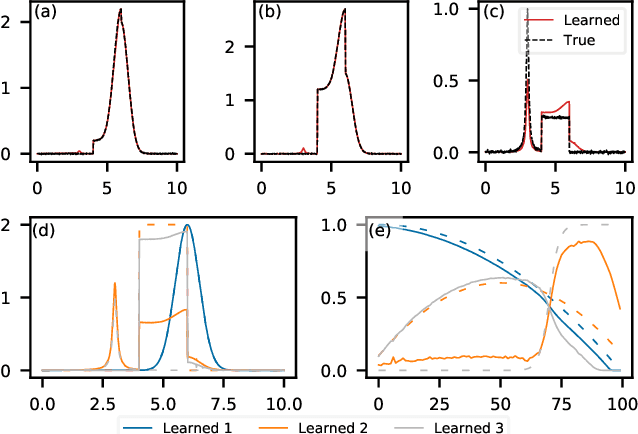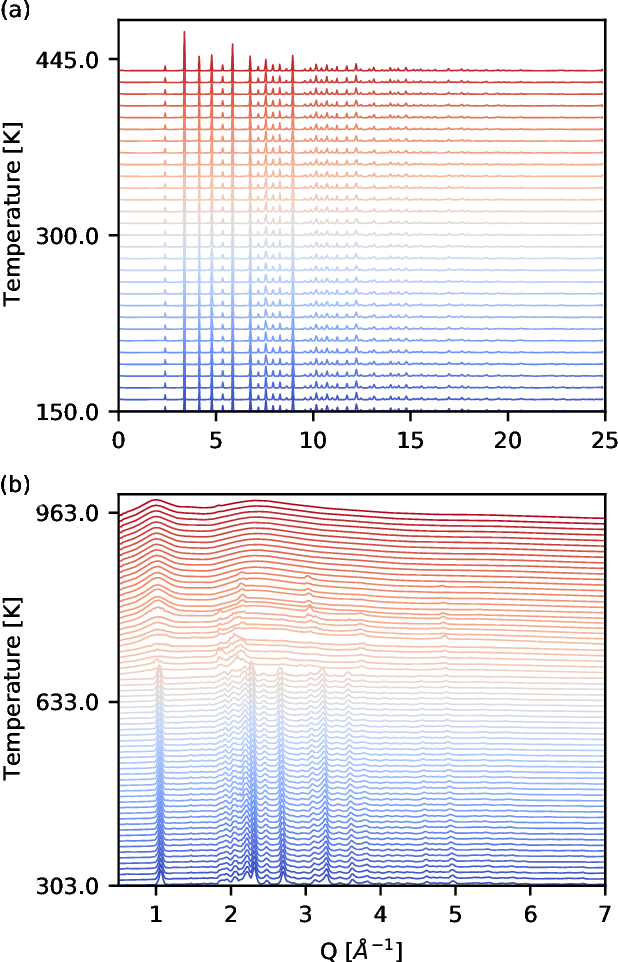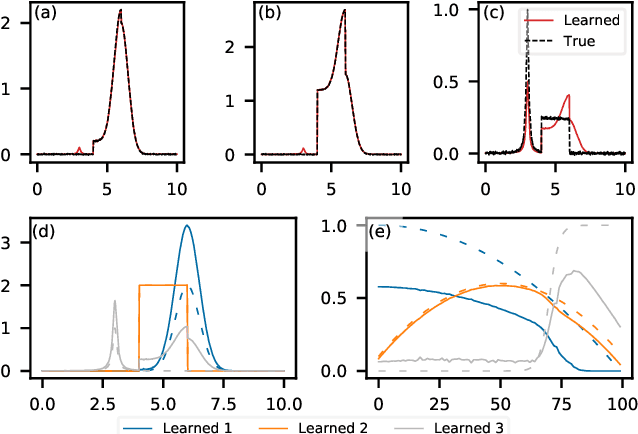Daniel Olds
Machine learning enabling high-throughput and remote operations at large-scale user facilities
Jan 09, 2022



Abstract:Imaging, scattering, and spectroscopy are fundamental in understanding and discovering new functional materials. Contemporary innovations in automation and experimental techniques have led to these measurements being performed much faster and with higher resolution, thus producing vast amounts of data for analysis. These innovations are particularly pronounced at user facilities and synchrotron light sources. Machine learning (ML) methods are regularly developed to process and interpret large datasets in real-time with measurements. However, there remain conceptual barriers to entry for the facility general user community, whom often lack expertise in ML, and technical barriers for deploying ML models. Herein, we demonstrate a variety of archetypal ML models for on-the-fly analysis at multiple beamlines at the National Synchrotron Light Source II (NSLS-II). We describe these examples instructively, with a focus on integrating the models into existing experimental workflows, such that the reader can easily include their own ML techniques into experiments at NSLS-II or facilities with a common infrastructure. The framework presented here shows how with little effort, diverse ML models operate in conjunction with feedback loops via integration into the existing Bluesky Suite for experimental orchestration and data management.
Constrained non-negative matrix factorization enabling real-time insights of $\textit{in situ}$ and high-throughput experiments
Apr 02, 2021



Abstract:Non-negative Matrix Factorization (NMF) methods offer an appealing unsupervised learning method for real-time analysis of streaming spectral data in time-sensitive data collection, such as $\textit{in situ}$ characterization of materials. However, canonical NMF methods are optimized to reconstruct a full dataset as closely as possible, with no underlying requirement that the reconstruction produces components or weights representative of the true physical processes. In this work, we demonstrate how constraining NMF weights or components, provided as known or assumed priors, can provide significant improvement in revealing true underlying phenomena. We present a PyTorch based method for efficiently applying constrained NMF and demonstrate this on several synthetic examples. When applied to streaming experimentally measured spectral data, an expert researcher-in-the-loop can provide and dynamically adjust the constraints. This set of interactive priors to the NMF model can, for example, contain known or identified independent components, as well as functional expectations about the mixing of components. We demonstrate this application on measured X-ray diffraction and pair distribution function data from $\textit{in situ}$ beamline experiments. Details of the method are described, and general guidance provided to employ constrained NMF in extraction of critical information and insights during $\textit{in situ}$ and high-throughput experiments.
 Add to Chrome
Add to Chrome Add to Firefox
Add to Firefox Add to Edge
Add to Edge